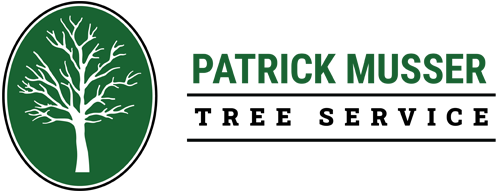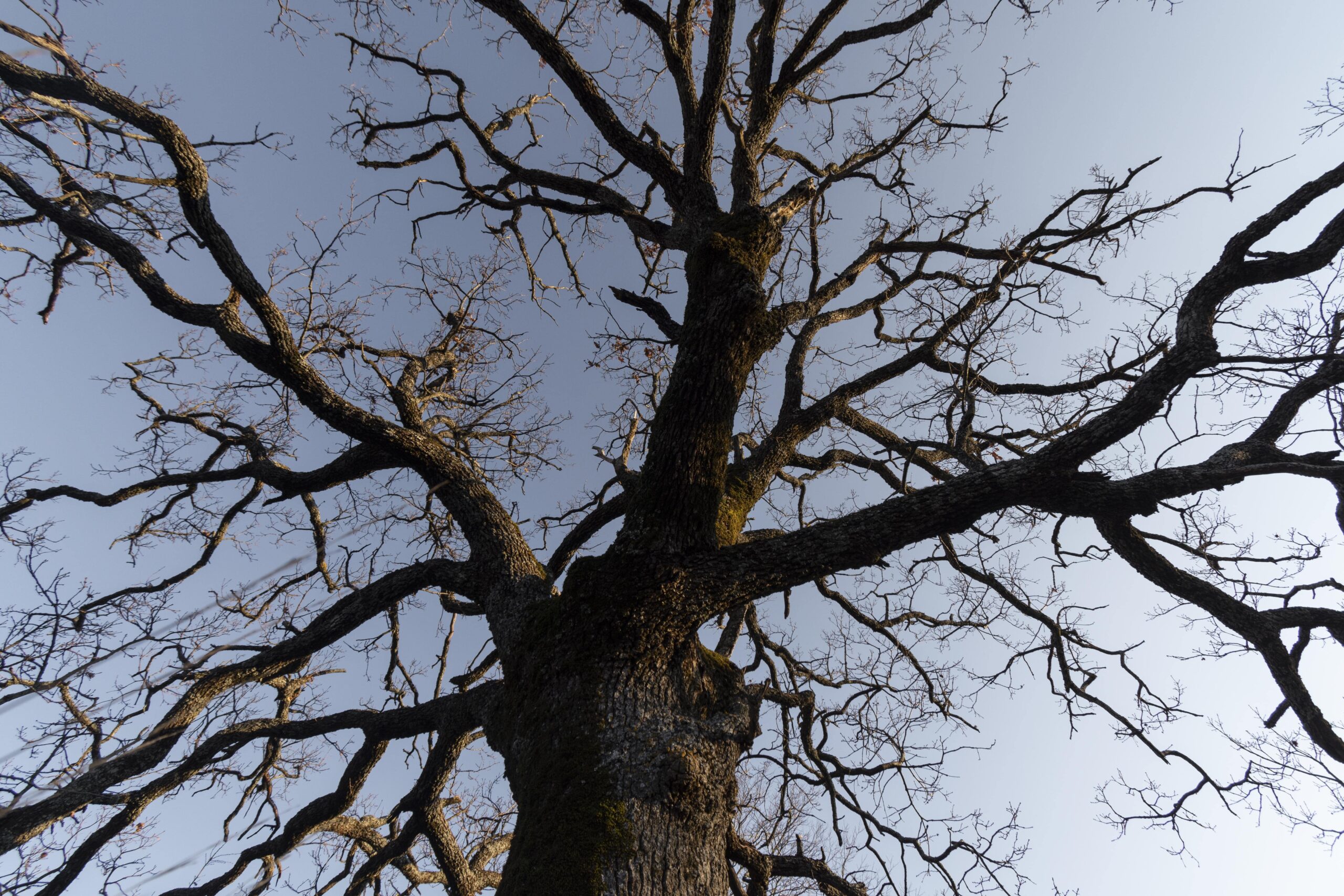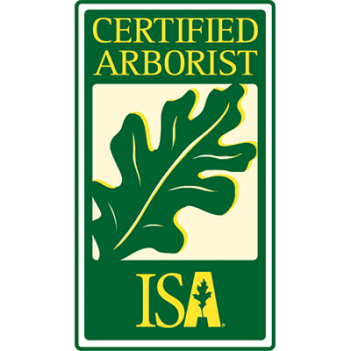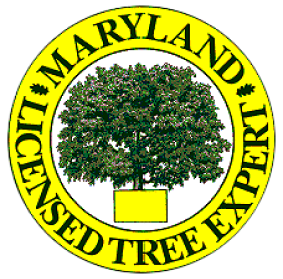Introduction
When it comes to maintaining a safe and beautiful property, identifying hazardous trees is of utmost importance. Trees can provide shade, beauty, and environmental benefits, but they can also pose risks if they are unhealthy or structurally compromised. In this article, we will explore the critical issue of identifying hazardous trees and ensuring public safety. Our team is committed to providing a comprehensive analysis of the subject. We will delve into various aspects, including tree evaluation, common tree hazards, and effective strategies for mitigating risks. Our goal is to provide you with practical guidance and valuable insights to help you recognize and address risks associated with trees. We want to empower you with the necessary knowledge and tools to ensure the safety of communities and individuals.
Tree Assessment
What is tree assessment?
Tree assessment is the process of evaluating the health, structure, and potential risks associated with a tree. It involves a thorough examination of the tree’s physical condition, including its roots, trunk, branches, and foliage. By conducting a tree assessment, you can identify potential hazards and take appropriate action to prevent accidents or damage.
Importance of tree assessment
Tree assessment is crucial for several reasons. To start, it helps in identifying trees that may pose a risk to people or property. Also, it allows you to determine the overall health of your trees and take necessary steps to maintain their well-being. Lastly, tree assessment enables you to make informed decisions regarding tree care, such as pruning, removal, or preservation.
Types of tree assessment
There are two main types of tree assessment: visual assessment and advanced assessment techniques.
Visual tree assessment
The process of visual tree assessment entails an examination of the tree with the unaided eye. It includes observing signs of decay, deadwood, cracks, or other visible indicators of potential hazards. While visual assessment provides valuable information, it may not always reveal internal issues or hidden defects.
Advanced tree assessment techniques
Advanced tree assessment techniques involve the use of specialized tools and equipment to evaluate the internal structure and health of a tree. These techniques include sonic tomography, resistograph testing, and aerial inspections using drones. Advanced assessment techniques provide a more detailed understanding of a tree’s condition and can help identify hidden risks.
Common Tree Hazards
What are common tree hazards?
Understanding common tree hazards is essential for identifying potential risks on your property. Here are some of the most common tree hazards:
Falling branches
Dead or weak branches can break off and fall unexpectedly, posing a significant risk to people and property below. Look for signs of deadwood, cracks, or hanging branches that may indicate a potential hazard.
Root problems
Root issues can compromise the stability and health of a tree. Signs of root problems include heaving soil, exposed roots, or leaning trees. These issues can make a tree more susceptible to falling during storms or high winds.
Structural defects
Structural defects such as included bark, multiple trunks, or poor branch attachments can weaken a tree’s structure and increase the likelihood of failure. Inspect your trees for any signs of structural defects that may pose a risk.
Diseases and pests
Trees can be affected by various diseases and pests, which can weaken their overall health and stability. Look for signs of fungal growth, insect infestations, or abnormal leaf discoloration, as these may indicate underlying issues.
Risk Management Strategies
What are risk management strategies?
Once you have identified hazardous trees on your property, it is crucial to implement appropriate risk management strategies. These strategies aim to minimize the potential risks associated with the identified hazards. Here are some common risk management strategies:
Tree removal
If a tree is severely compromised or poses an immediate danger, tree removal may be necessary. It is essential to hire professional tree care experts, such as Patrick Musser Tree Service, who have the expertise and equipment to safely remove trees.
Tree pruning
Regular tree pruning helps maintain the health and structure of trees, reducing the risk of falling branches. Proper pruning techniques, such as crown thinning or deadwood removal, can improve a tree’s overall stability and reduce potential hazards.
Tree cabling and bracing
In some cases, tree cabling and bracing may be used to provide additional support to weak or structurally compromised trees. These techniques involve the installation of cables or braces to reinforce the tree’s structure and prevent failure.
Tree preservation
For trees that are healthy but have minor issues, tree preservation techniques can be employed. This may include measures such as fertilization, pest control, or regular monitoring to ensure the tree’s continued health and safety.
In conclusion, it is crucial to have the ability to recognize hazardous trees. By assessing your trees, understanding tree hazards, and managing risks, you can protect your community, loved ones, and property. For expert advice and assistance, consider reaching out to Patrick Musser Tree Service. Our team of experienced professionals is ready to help you ensure the safety and beauty of your property.



